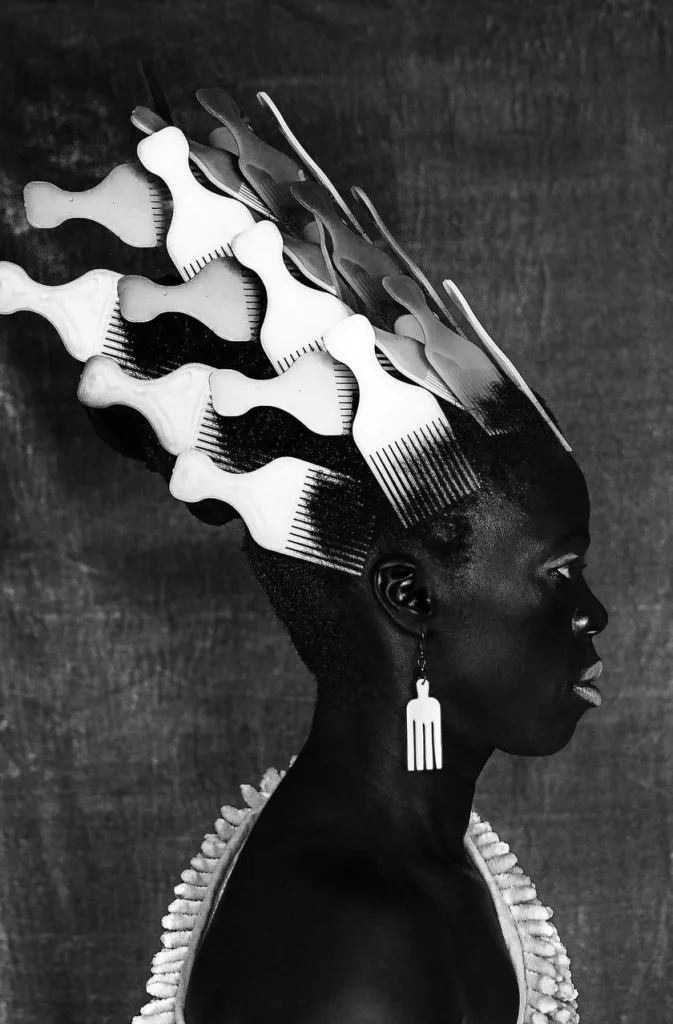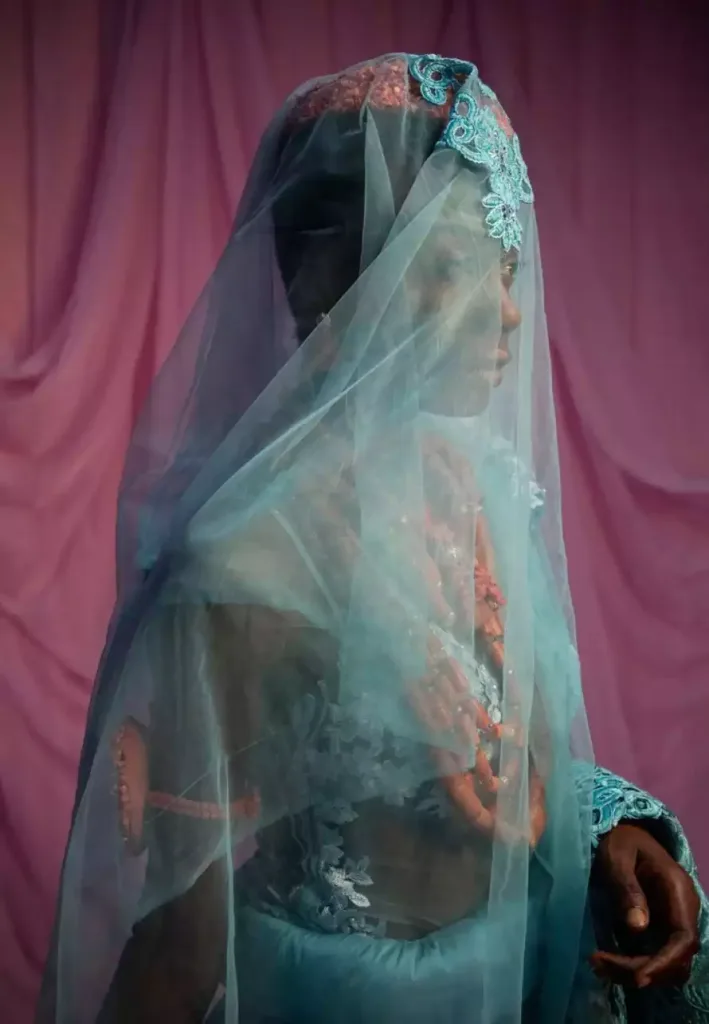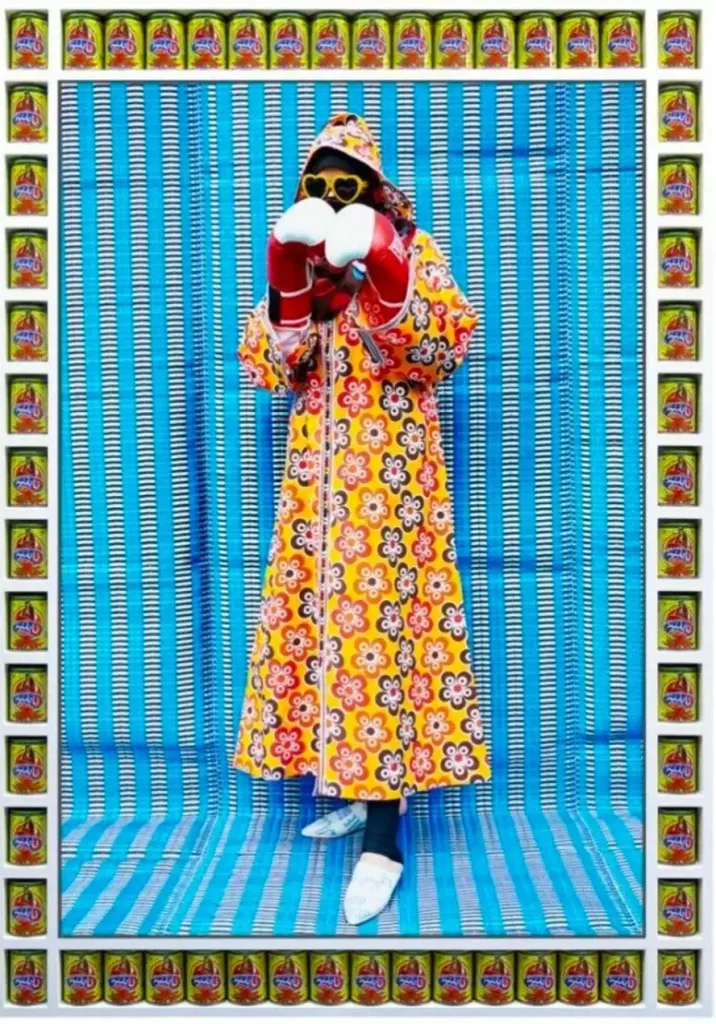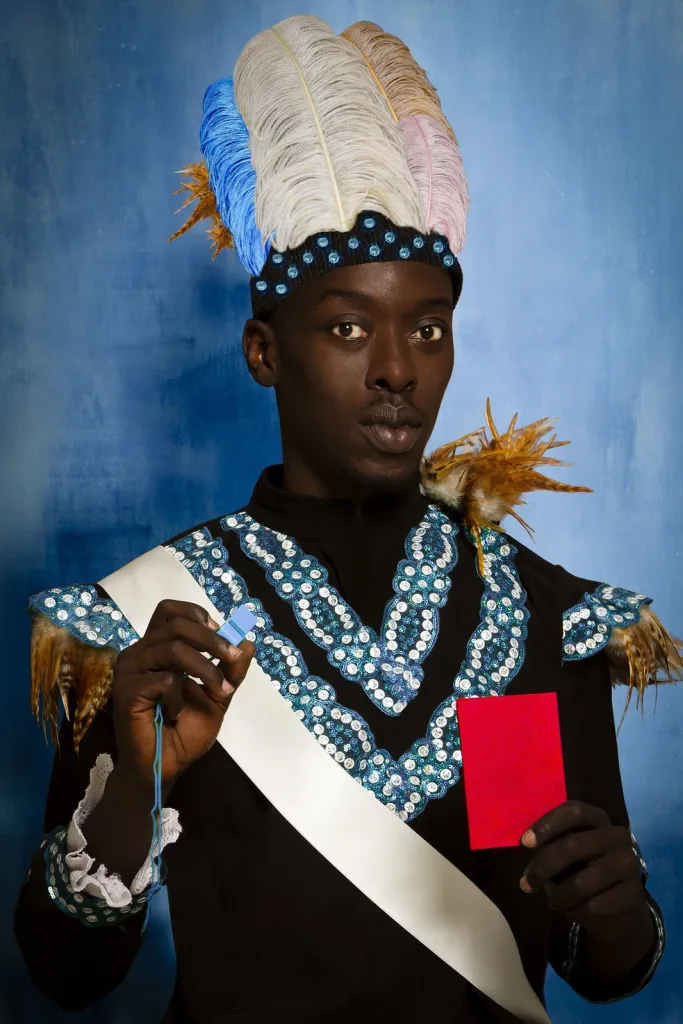In today’s world, pictures have become an outlet to share, document and communicate our thoughts, ideas, experiences and concepts. Art and photography, though distinct in form, share a common purpose – the ability to express ideas. Each medium seeks to provoke thought and inspire change, shaping the current state of the society.
African culture has long been a source of inspiration, influencing various creative fields including photography. In recent years, African artists and their works have gained international recognition, contributing to the expansion of visual storytelling and aesthetics in these mediums.
Photography, as a medium, has always been a powerful tool for storytelling, documentation, and artistic expression. In the African context, photography has evolved into a form of cultural expression that weaves together tradition, identity, and modernity. The influence of African culture on contemporary photography is profound, as artists across the continent and the diaspora make use of the camera to explore and celebrate their heritage, challenge stereotypes, and construct new narratives.
The African culture is rich in diversity, with each region offering a unique mix of languages, customs, and aesthetics. Photographers draw from these cultural wells to create work that is both personal and universally resonant.

Photographers like Zanele Muholi, Hassan Hajjaj, Lakin Ogunbanwo, and Omar Victor Diop are redefining African identity through their lenses. Muholi’s work, for example, focuses on black LGBTQIA+ communities in South Africa, using photography as a tool for social change. They use portraiture to explore issues of race, gender, and sexuality within the context of African society, bringing visibility to marginalized communities. Through their artistic approach, they document the journey of the African art community as a record for future generations.
Ogunbanwo’s portraits often blends traditional African aesthetics with contemporary fashion, creating striking images that challenge Western perceptions of African identity. Drawing inspiration from African studio photography in the 60’s and 70’s, he captures the essence of the Nigerian culture.

Hassan Hajjaj on the other hand combines vibrant African patterns with pop art to create portraits that are both modern and deeply rooted in African visual traditions. The vibrant use of color in his works speak to the lively street cultures of Africa. Hajjaj’s images blend traditional Moroccan patterns with contemporary pop culture, creating a fusion that is both global and distinctly African.

Omar Victor Diop creates works that celebrate African history and global contributions. Diop’s “Project Diaspora” series reinterprets classical Western portraiture by placing African figures at the center of historical narratives, emphasizing their impact. This approach not only reclaims African history but also challenges viewers to reconsider preconceived notions about the continent. With the combination of photography, fashion design, textile design and creative writing, he brings his ideas and inspirations to life.

African photographers are not only preserving their cultural heritage, they are also redefining and reinterpreting it for the modern world. The influence of African culture on contemporary photography will undoubtedly leave an indelible mark on the global art landscape.


